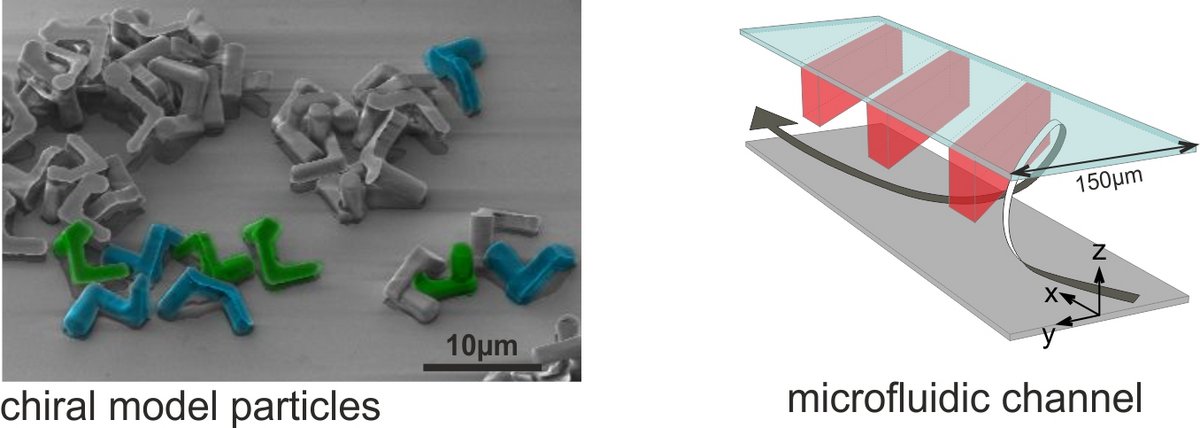Chiral Sorting
Research Presentation: Ralf Eichhorn, Nordita
External Page
To view this content (source: www.xyz.de ), please click on Accept. We would like to point out that by accepting this iframe, data could be transmitted to third parties or cookies may be stored.
You can find more information on our privacy policy .
Stereoisomeric molecules with opposite chirality, so-called enantiomers, often vary regarding their sensory, pharmacological and toxicological properties. Such enantiomer specific effects play a central role in the development, testing and evaluation of drugs, pesticides and food related products. Accordingly, efficient techniques for separation of chiral mixtures into enantiopure compounds are of enormous practical relevance. Most current enantiomer separation methods are based on enantioselective interactions with an auxiliary substance which has to be developed and optimized for different chiral molecules in an elaborate and costly process.

Here, we experimentally demonstrate the separation of micron-sized chiral particles in a helical fluid flow which is created inside a microfluidic device patterned with slanted grooves. We observe that the retention time of particles in a helical flow field strongly depends on their chirality which leads to an effective chiral separation within the channel. Our experimental results are confirmed by numerical calculations which demonstrate how the coupling of rotational and translational degrees of freedom leads to differences in the trajectories of particles with opposite chirality. Since our separation mechanism does not rely on material specific interactions, this offers considerable advantages over existing methods. We expect that our approach can be also applied at nanometre length scales by using channels with smaller diameters and with an optimized geometry.

| Separation of chiral colloidal particles in a helical flow field |
| Maria Aristov, Ralf Eichhorn, and Clemens Bechinger Soft Matter 9 (8), 2525 - 2530 (2013) |
